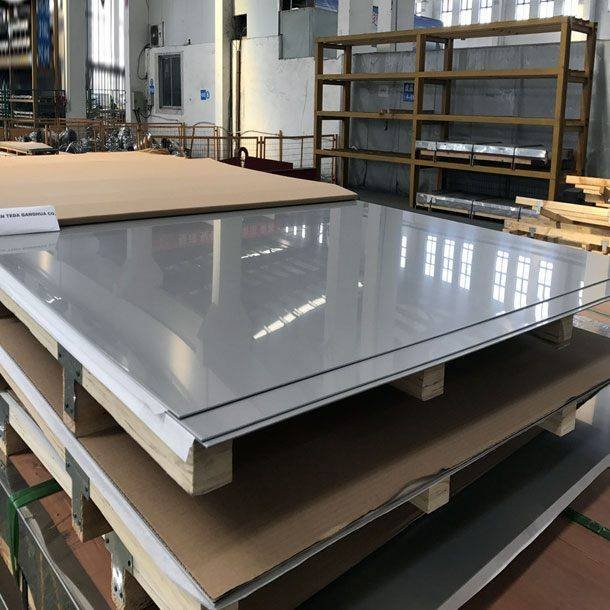The Technical Edge: Why Reputable SS 316 Sheet Suppliers Prioritize 316L
The Differentiation in Stainless Steel Grades
While the term Stainless Steel (SS) covers a wide range of alloys, SS 316 and its low-carbon variant, SS 316L, stand out as powerhouses in applications requiring robust corrosion and heat resistance. These grades are part of the austenitic family (the 300 series), characterized by their face-centered cubic crystal structure, which grants them excellent toughness, non-magnetic properties, and high strength, even at cryogenic temperatures.
The key to SS 316’s superiority over the more common SS 304 lies in the strategic addition of molybdenum. This alloying element, typically present at 2-3%, significantly stabilizes the passive chromium oxide layer, dramatically improving the alloy’s resistance to localized attacks like pitting and crevice corrosion, particularly in environments rich in chlorides and reducing acids. For industrial buyers, understanding the subtle yet critical differences between 316 and 316L is key to optimized material specification. This technical knowledge is what differentiates the best ss 316 sheet suppliers from mere distributors; leading suppliers guide their clients to the correct, cost-effective grade for specific fabrication needs, ensuring long-term asset integrity.
Key Advantages of SS 316L Sheets: Eliminating Sensitization Risk
The ‘L’ in 316L signifies low carbon (0.03% maximum), a crucial modification that addresses a common and destructive issue in standard 316 stainless steel: sensitization. This feature is the primary reason why knowledgeable ss 316 sheet suppliers often recommend 316L for fabricated components, especially those involving heavy welding or subsequent high-temperature exposure.
